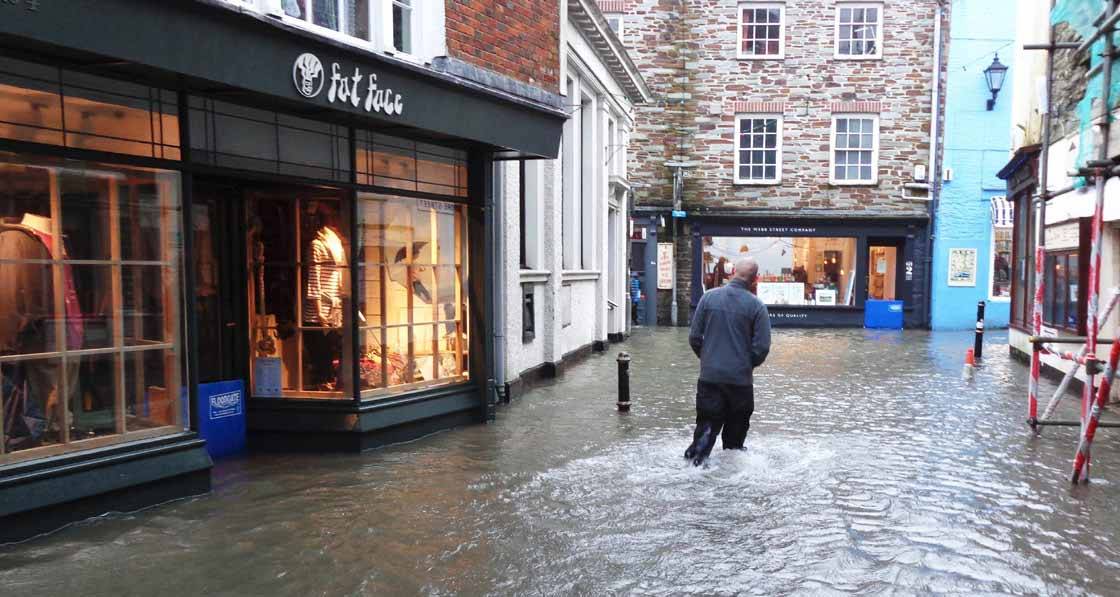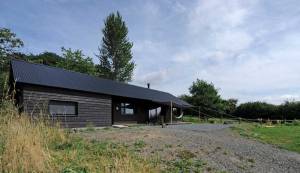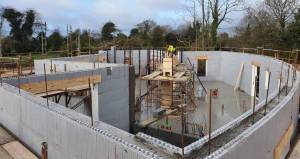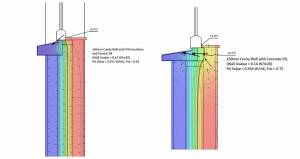
- Blogs
- Posted
We need better building performance metrics
The way we currently do post-occupancy evaluation of buildings is inadequate, says Professor Fionn Stevenson — we need new ways to measure the environmental impact of buildings, and how resilient they are to climate change.
This article was originally published in issue 34 of Passive House Plus magazine. Want immediate access to all back issues and exclusive extra content? Click here to subscribe for as little as €10, or click here to receive the next issue free of charge
There is an increasing expectation that a robust performance evaluation is carried out on the buildings we design, once they are completed and again after they have been occupied for some time. These results are regularly reported in this magazine. Post-occupancy evaluation (POE) methods are well known, and in the European Union there is a requirement to publicly display energy use and carbon emissions for public buildings under the Energy Performance of Buildings Directive.
However, there is a serious concern about whether the right metrics are being used to make this evaluation. Is kWh/m2/yr really good enough? What about total energy use? What about adaptive comfort considerations? Is climate change future-proofing even considered in POE?
In my recent book on housing performance, I address the issue of ‘sufficiency’ – the need to take account not of just how well our homes perform, but what their overall impact is in terms of resource use.
In Passive House Plus issue 33, we had a couple of new homes illustrated at around 150 m2 floor area, with primary energy demands predicted to be 44 and 96 kWh/ m2/yr, and another home at around 276 m2 with a demand of 39 kWh/m2/yr. The interesting thing here is not just the difference in energy demand – it is the huge difference in floor area.
When you multiply the energy demand per m2 by the floor area, you get the total energy in use demand, which is the more useful figure for understanding the overall impact of the building. The floor area significantly influences embodied energy and carbon emissions too. Looking at total demand forces us to answer difficult questions such as: do I really need all this space? Am I occupying this home efficiently?
Four-and-a-half million homes are already overheating in the UK each summer.
These questions matter, because it is the overall impact of our buildings that ultimately affects climate change, not the rate of energy use on its own. A new mandatory metric in performance evaluation that addresses total energy and carbon emissions in use is needed to address this gap.
Another major issue remains unaddressed in current POE metrics: how many people actually live in the home. Why does this matter? If a home designed for a family of five with three bedrooms only has two people living in it, then it is underutilised and causing profligate resource use. While passive house and other useful environmental performance standards address the performance of a home, they do not address how people use it.
Another new POE metric is needed, to compare the number of people living in a home with the number it was originally designed for. This can work both ways, of course, and reveal when a home is over-occupied too, with more people living in it than sensibly designed for. This can be particularly useful in rented housing, when rogue landlords are overfilling homes. It can also provide realistic figures of occupancy for understanding what is really going on in housing in terms of the amount of energy used to house people.
Then there is the burning question of whether homes are resilient in relation to climate change. Four-and-a-half million homes are already overheating in the UK each summer. This is partly related to poor design which prevents natural cross ventilation at night or creates inadequate MVHR [mechanical ventilation with heat recovery] systems.
While some building performance evaluation tools, such as the passive house software PHPP, factor in overheating for design purposes, there is currently no requirement to future-proof the performance of our homes in relation to global temperature increases, increased rainfall and other storm factors. An additional performance metric is needed at the design stage to ensure that all essential factors related to climate change have been taken into consideration.
In summary, we need better metrics for housing performance evaluation, related to the reality of space use, occupancy and future-proofing. Fortunately, there is good work going on in the UK Building Performance Network to develop better performance evaluation methods, and there is also a chance to influence the forthcoming new British standard that is being developed for POE in relation to retrofit.







